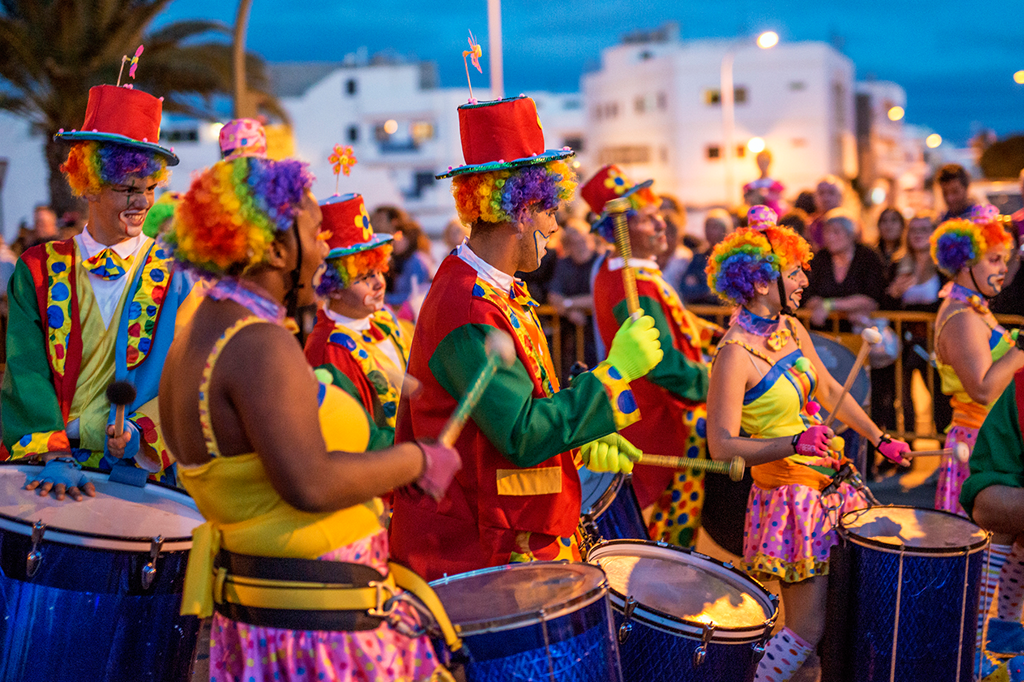ADVERTS
The most famous festival in Brazil appeared in Greece between 600 and 520 BC. The Greeks came out to thank the Gods when the soil was fertile and the harvest was plentiful.
After a while, the party took on another aspect. Greeks and Romans added sexual rituals and alcoholic drinks to the celebration. This made the Church against Carnival.
ADVERTS
After many years, the Catholic Church gained control over the carnival festival in 590 AD.
When it was part of the Church's festive calendar, carnival only included discreet rituals, which did not violate Catholic doctrines and did not commit sins. As a result, the party lost some of its grace and style, something that alienated the popular crowd, who still wanted to dance and drink.

The Church's loss of control over carnival occurred in 1545, during the Council of Trent. It was then decided that the party would return to the domain of the people.
ADVERTS
Carnival arrived in Brazil in 1723. The party still had a European style, and people paraded on the days of revelry in costumes and masks.
After much mixing with popular Brazilians, the carnival acquired floats and wings for the parade. This occurred in the 19th century. In this way, Brazilian society gave a peculiar characteristic to carnival, which became Brazil's biggest party.
Today, each region of Brazil has its own characteristics for the party. Examples of this are Bahia and Rio de Janeiro: in the first the electric trio and axé bands reign, while in the second the samba-enredo performed by the schools on the avenue remains.
